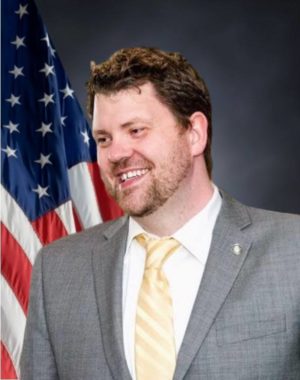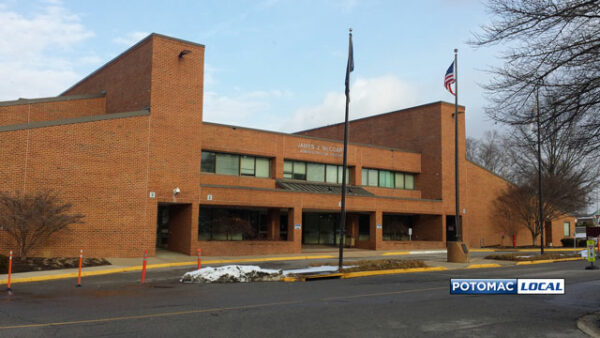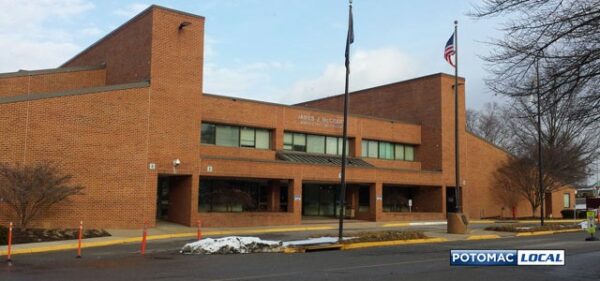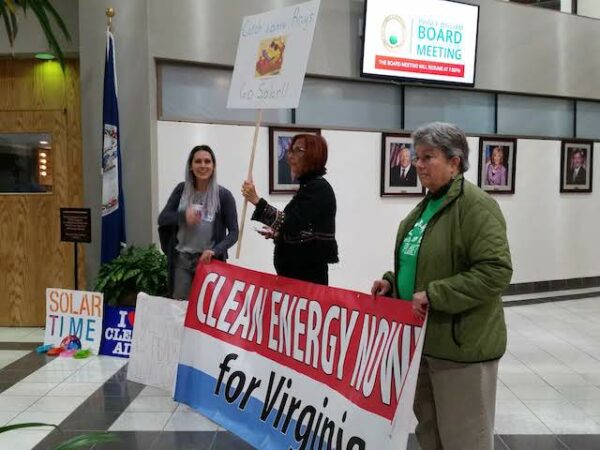MANASSAS — Delegate Lee Carter’s seat is up for election next year, and Manassas City Councilman Ian Lovejoy plans to run for it.
Lovejoy will announce his campaign on Saturday night at 7 p.m. at a small gathering in his house in Manassas.

MANASSAS — Delegate Lee Carter’s seat is up for election next year, and Manassas City Councilman Ian Lovejoy plans to run for it.
Lovejoy will announce his campaign on Saturday night at 7 p.m. at a small gathering in his house in Manassas.

PRINCE WILLIAM COUNTY — The last time Patrick Sowers ran for office was for class president in 1991, at Gar-Field High School in Woodbridge.
Patrick Sowers just threw his hat in the ring for the Republican nomination for the Prince William Board of County Supervisors in the open seat that Coles District Supervisor Marty E. Nohe will be vacating next year for his run for At-large Board of Supervisors Chairman.

WOODBRIDGE — When it comes to the cost of removing children from trailer classrooms, $143 million may be too much to swallow.
The joint county/schools capital process team voted Oct. 29 to move forward with a $143.2 million plan to build new classroom space that would lead to the removal of more than 100 portable trailer classrooms stationed at Prince William County Public Schools.

PRINCE WILLIAM COUNTY — Muslims have a new mosque in which to worship, and a worldwide religious leader held an inaugural celebration.
The Ahmadiyya Muslim community welcomed their fifth Khalifa (Caliph), His Holiness Mirza Masroor Ahmad, to inaugurate the Masroor Mosque on Saturday, located at 5640 Hoadly Road near Woodbridge. This marks Mirza Masroor Ahmad’s first visit to the U.S. in years on a tour that also included stops in Houston, Philadelphia, and Baltimore.

WOODBRIDGE — Residents on Tuesday night attended the first of three open house events focused on drafting the next Prince William County Comprehensive Plan.
Officials are seeking input from residents about its 2040 comprehensive plan which is the “long-term” vision for the county that lays out the levels of services.


Prince William County’s fire chief Kevin McGee has got his eyes on the door.
Thursday night, McGee was interviewed at a candidate meet and greet town hall in Austin, Texas, where’s he’s one of three finalists for that city’s fire chief job.

Exclusive
WOODBRIDGE — The numbers used to project how many children will fill Prince William County classroom seats in the coming years are inaccurate.

WOODBRIDGE — Prince William County supervisors on Tuesday unanimously approved a special use permit for Virginia Solar- a developer based in Henrico County – to begin construction of a solar farm in Nokesville.
Nokesville Solar will be located on 331 acres at what was previously known as Dixon Farm on 13204 Warrenton Road.
